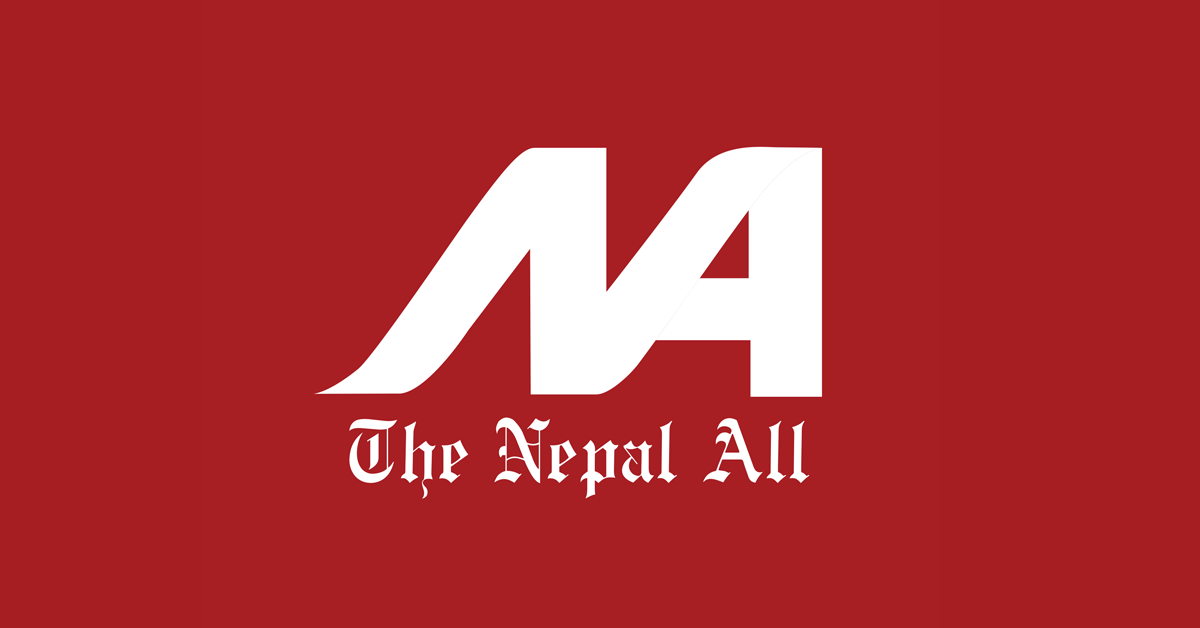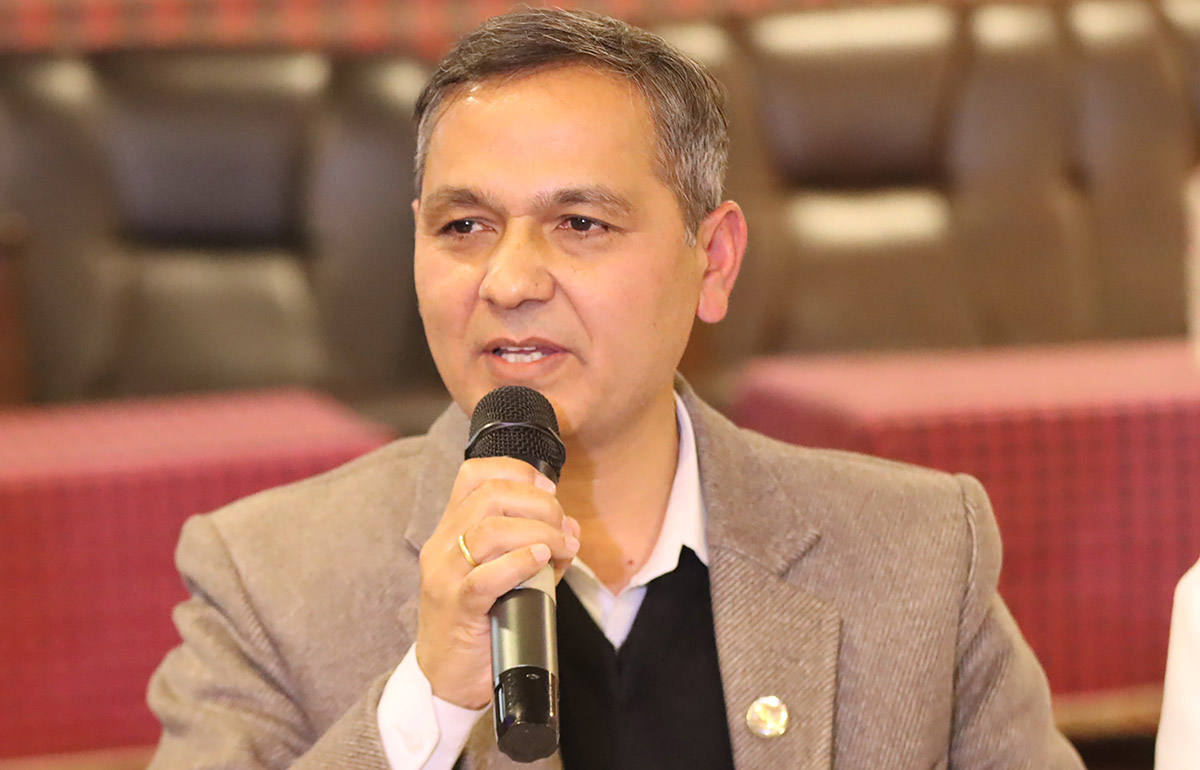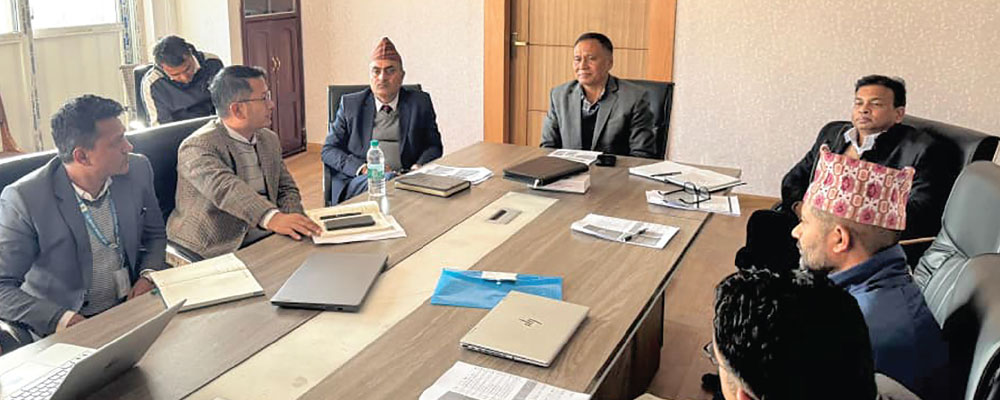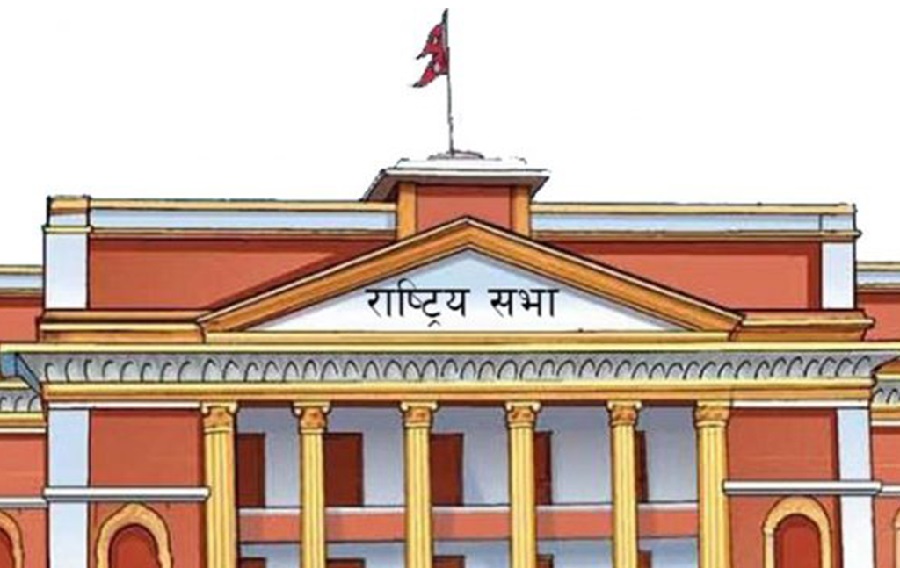KATHMANDU: The Nepal Rastra Bank (NRB) unveiled its monetary policy for the fiscal year 2081/82 (2024/25), introducing a range of significant adjustments aimed at boosting economic activity, reinforcing financial stability, and addressing sector-specific concerns.
Governor Maha Prasad Adhikari presented the policy, which signifies a strategic shift in several critical areas, influencing institutional and individual investors, microfinance institutions, and overall monetary conditions.
A key highlight of the policy is the removal of the cap on share collateral loans for institutional investors.
Previously limited to Rs. 20 crore due to the underperformance of margin trading, this cap has been lifted to encourage a more active margin trading environment and reduce direct lending by banks in the securities market.
This change is expected to prompt greater engagement by institutional investors in the securities market, though individual investors will still face the cap.
Additionally, the policy authorizes 34 securities broker companies, further promoting a vibrant margin trading landscape.
A notable development in the policy is the plan to return depositors’ funds up to Rs 500,000, using assets from cooperative operators and their families as collateral.
To enhance bank profitability, NRB has lowered the provisioning requirement for performing loans from 1.20 percent to 1.10 percent.
This adjustment is expected to improve banks’ financial health and operational efficiency, reflecting a broader strategy to support the banking sector amid changing economic conditions.
The policy also prioritizes the microfinance sector, emphasizing the importance of mergers and acquisitions to consolidate the sector for improved stability and efficiency.
NRB has introduced measures to protect microfinance customers, ensuring that their grievances are addressed and aligning practices with international standards.
Furthermore, provisions have been made to help microfinance customers restructure their loans by paying a specified percentage of the interest, potentially easing financial stress and enhancing loan recovery.
On the monetary front, NRB has reduced its policy rates, with the main rate falling from 5.5 percent to 5 percent and another key rate from 7.5 percent to 7 percent.
This rate cut is designed to make borrowing and investment more affordable.
The target for credit expansion has also been increased to 12.5 percent from 11.5 percent, aiming to stimulate economic activity and support growth.
The policy includes measures to manage risks related to real estate, high-value vehicles, and share mortgages up to Rs 5 million.
By easing the loan loss system for performing loans, NRB intends to reduce the financial burdens on borrowers and foster a more stable lending environment.
Additionally, NRB has pledged not to blacklist institutions funded by private equity and venture capital even if their investments encounter difficulties, aiming to create a more favorable investment climate and enhance investor security.
The existing mandatory cash reserve ratio (CRR) and statutory liquidity ratio (SLR) provisions remain intact, ensuring stability in liquidity management for banks and financial institutions.
A notable development in the policy is the plan to return depositors’ funds up to Rs 500,000, using assets from cooperative operators and their families as collateral.
This initiative seeks to resolve ongoing issues within the cooperative sector and fulfill a previous promise by Finance Minister Barsaman Pun, with the goal of restoring confidence in the financial system and aiding those affected by cooperative sector challenges.
Moreover, the policy adjusts the interest rate corridor, setting the upper limit at 6.5 percent (down from 7 percent) while maintaining the policy rate at 5 percent.
The lower limit, the deposit collection rate, remains unchanged at 3 percent.
This adjustment is part of NRB’s broader strategy to manage monetary conditions effectively and support economic stability.
NRB has also confirmed that the Standing Liquidity Facility (SLF) will continue at the bank rate with more flexible provisions.
The existing mandatory cash reserve ratio (CRR) and statutory liquidity ratio (SLR) provisions remain intact, ensuring stability in liquidity management for banks and financial institutions.
Governor Adhikari noted that the policy aims to foster a dynamic economy while considering stable prices and the external sector situation.
The regulatory framework is designed to maintain financial stability, focus on productive sector lending, and enhance credit quality.












